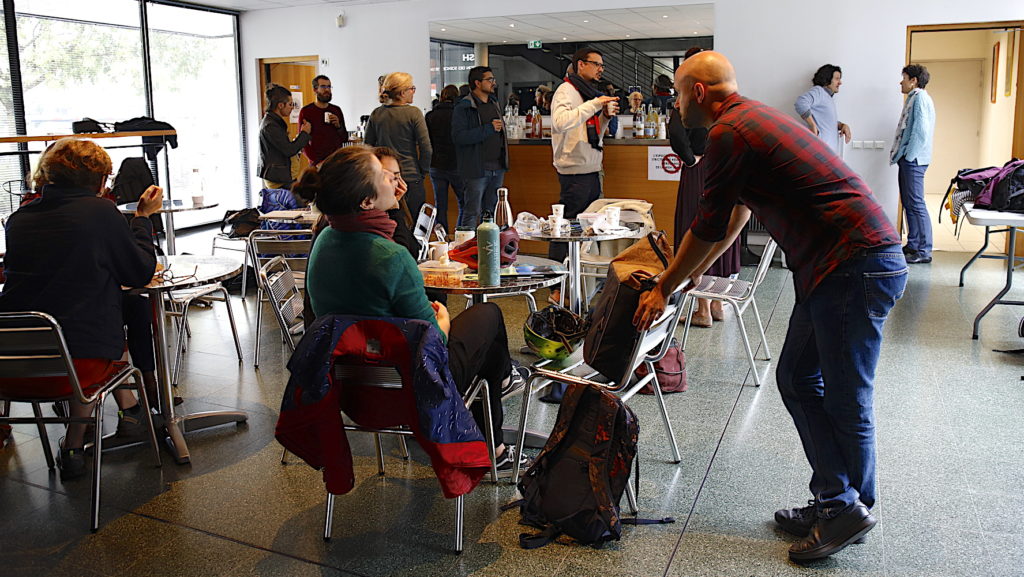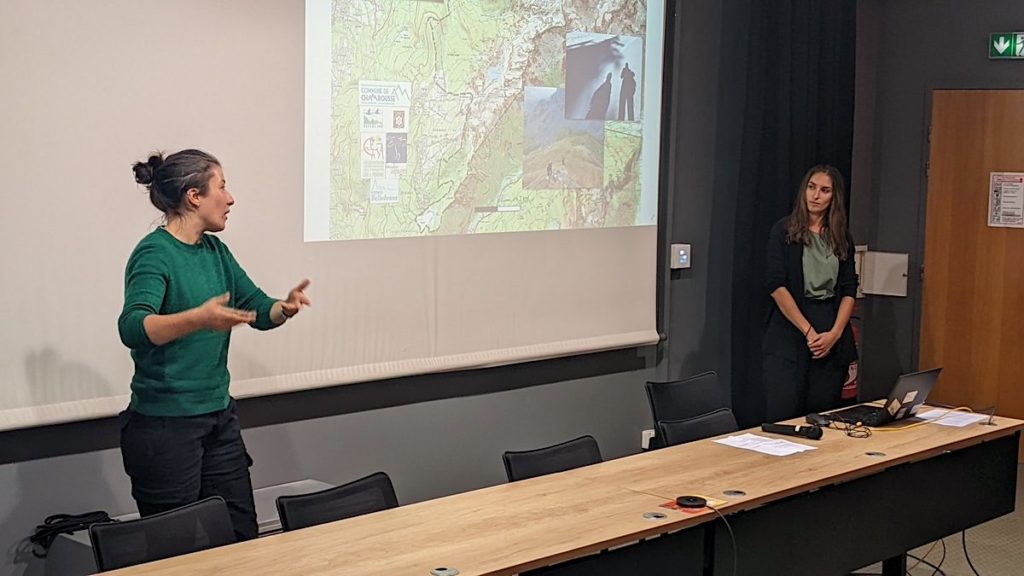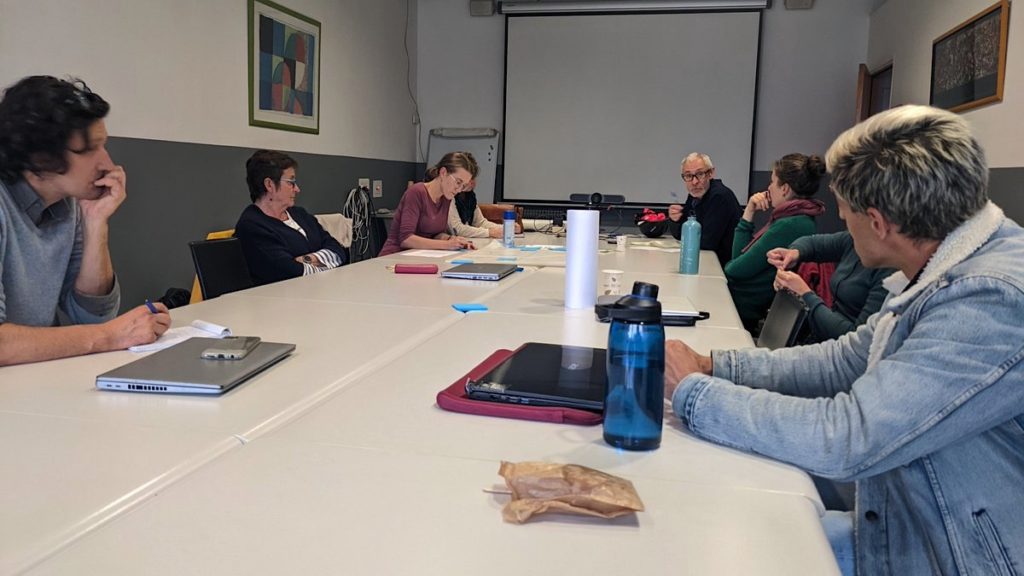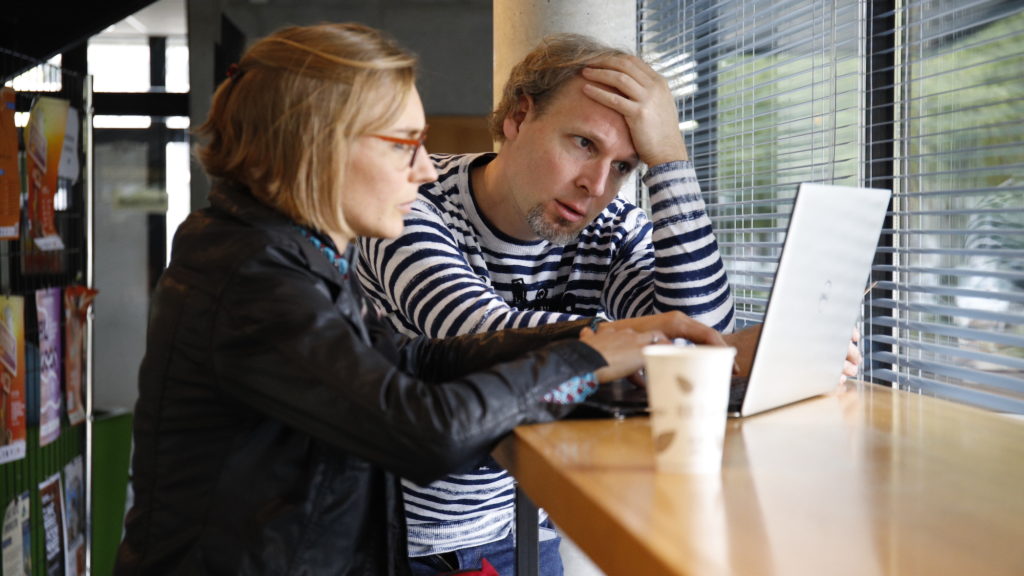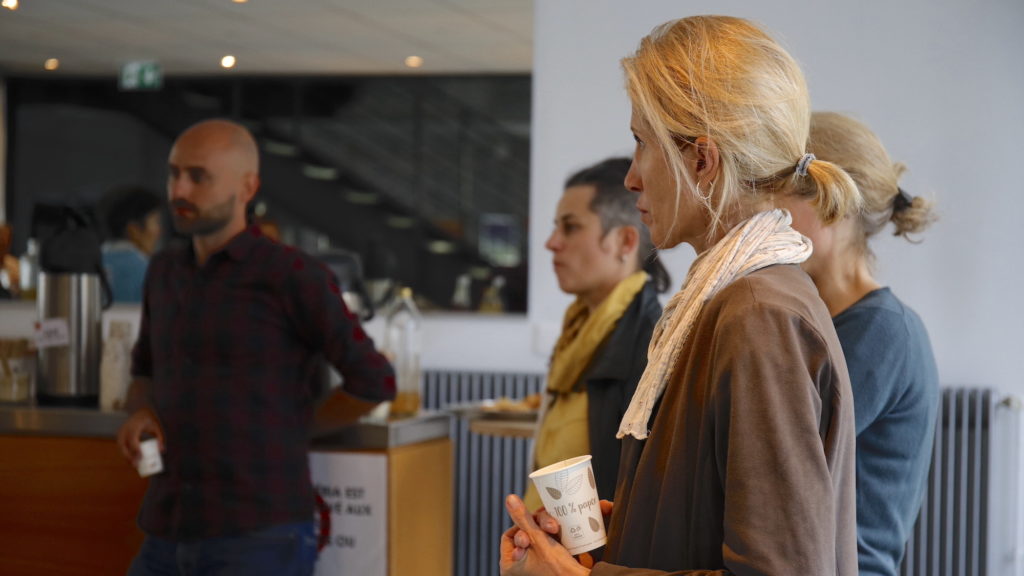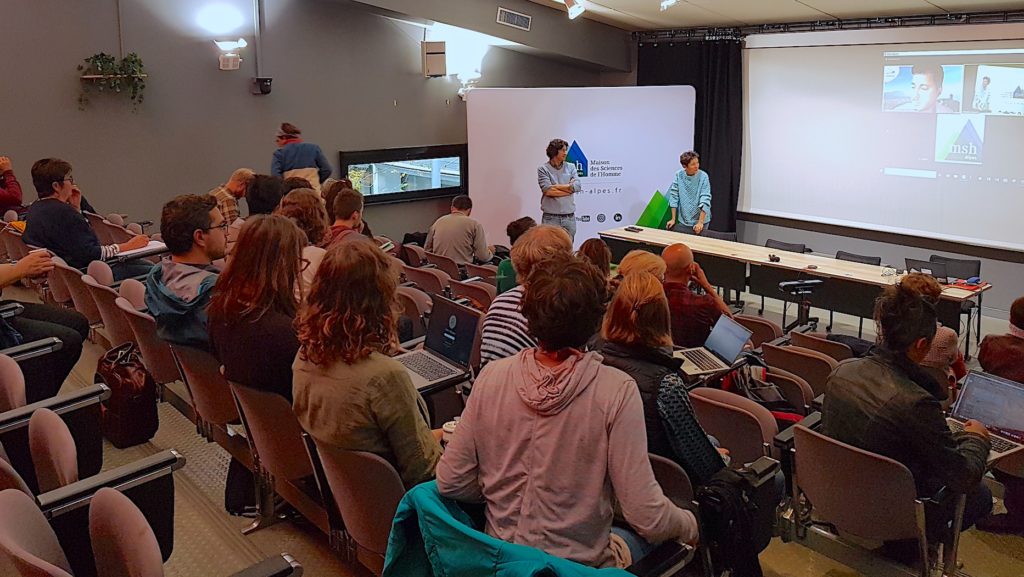Labex life
Interdisciplinarity at the heart of research
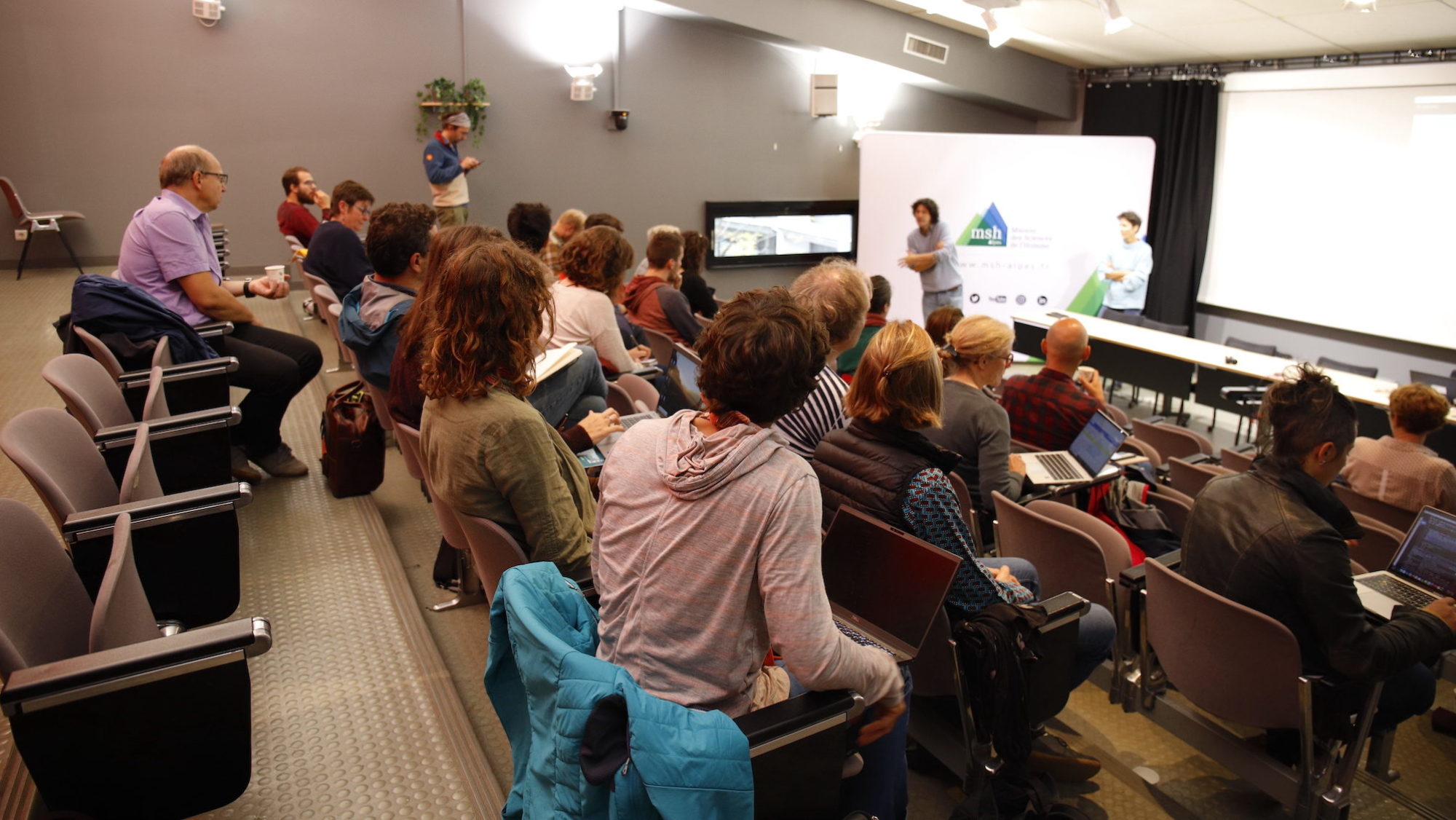 © Leïla Shahshahani
© Leïla Shahshahani
How can we bring the life and earth sciences and the humanities and social sciences into closer dialogue, so as to gain a more comprehensive understanding of contemporary challenges? This was the aim of the 2nd Rencontres interdisciplinaires, organized at MSH-Alpes on October 20, on the initiative of Zone Atelier Alpes (ZAA) and Labex ITTEM.
After introductory remarks by the heads of each of the event’s organizing structures, Mathilde Ratouis of the ZAA presented the results of a survey conducted jointly with Labex on the state of interdisciplinary collaborations between their respective researchers, based on 19 interviews.
The place of SHS on a European scale
The floor was then given to Guillaume Corradino, Managing Director ofEuromontana and guest speaker (by videoconference) for the day. He spoke about the role of interdisciplinarity in European projects, and the importance – but also the difficulty – of integrating the Human and Social Sciences (SHS) to a greater extent, as well as possible avenues for taking them more fully into account.
During the discussion with the audience, he also raised the need for better coordination between the various networks existing on a European scale. This point of view was echoed by Raffaella Balzarini of Labex ITTEM, who stressed the importance of a better understanding of the scope of action of the various structures.
Jerôme Poulenard, co-director of the ZAA, confirmed the deficit of SHS in European projects, and mentioned the need to increase the number of researchers in this field on a European scale. ” This is indeed a message we need to get across “, concluded Guillaume Corradino, recalling that investments were often directed towards disciplines deemed more productive than SHS.
Interdisciplinarity in practice
How does interdisciplinary research work? Concrete answers were provided by researchers involved in this type of research, working in pairs: a mirror thesis on the theme of sharing space, a survey of local stakeholders on the future of a ski resort, expert collaboration on statistical climate data, or applied research into mountaineering practices.
Workshops on the follow-up of young researchers – before, during and after a thesis or post-doctorate – were organized in the afternoon, focusing on the issue of climate change and mountain territories. Their presentations by Philippe Bourdeau (Pacte) and Isabelle Arpin (Lessem) brought the day to a close, highlighting the institutional challenges posed by interdisciplinarity and the need to identify specific themes.
The day’s more informal discussions, such as the Café des projets, also enabled researchers to exchange ideas and identify new avenues for interdisciplinary projects.
Read also the article published on the Zone Atelier Alpes website.
Mikaël Chambru and Leïla Shahshahani

